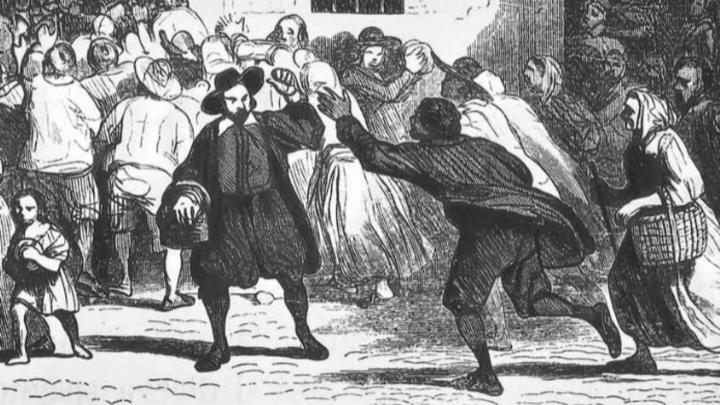“Europe, when it later wrote its own history and that of all other parts of the world, cried hypocritical tears over the blacks who worked in the cotton fields in America and all kinds of slaves, modern or ancient: But it did not spend a word, a single word!, on 'risaroli’. And yes, there were quite a few of them: there were thousands of them, on this side and on the other side of Ticino, and they died in large numbers, every year, without medical care or religious comfort”.
Sebastiano Vassalli
From the 1500s to the 1700s, in the countryside of the lowlands near Novara, from early spring until late fall, the risaroli worked, without respite or rest, men with physical or mental deformities, often disfigured by the scars of smallpox or leprosy.
They were lured by the promises of the overseers who guaranteed them and their unsuspecting families the ease of the work, which was even described as pleasant, relaxing and effortless, as well as well paid. In fact, the working conditions were so harsh that few of them managed to survive to the end.
From May to September, they were guarded by their master, who did not hesitate to use the whip to incite them to work faster or to rouse those who, due to hardship, fatigue or illness, did not follow the pace of the others.
Their pay consisted of cheap bread with the bare minimum of water, once a day. Even escaping was a vain endeavour because of their exhausted physical condition against the overseer's horse-mounted pursuits, the total darkness in thelowlandsand the harsh corporal punishment that followed attempted escape.
The buying and selling of risaroli, like objects and beasts, was organized in village farmers' markets.

